Home>Interior Design>How To Choose Energy-efficient Appliances: A 5 Step Guide
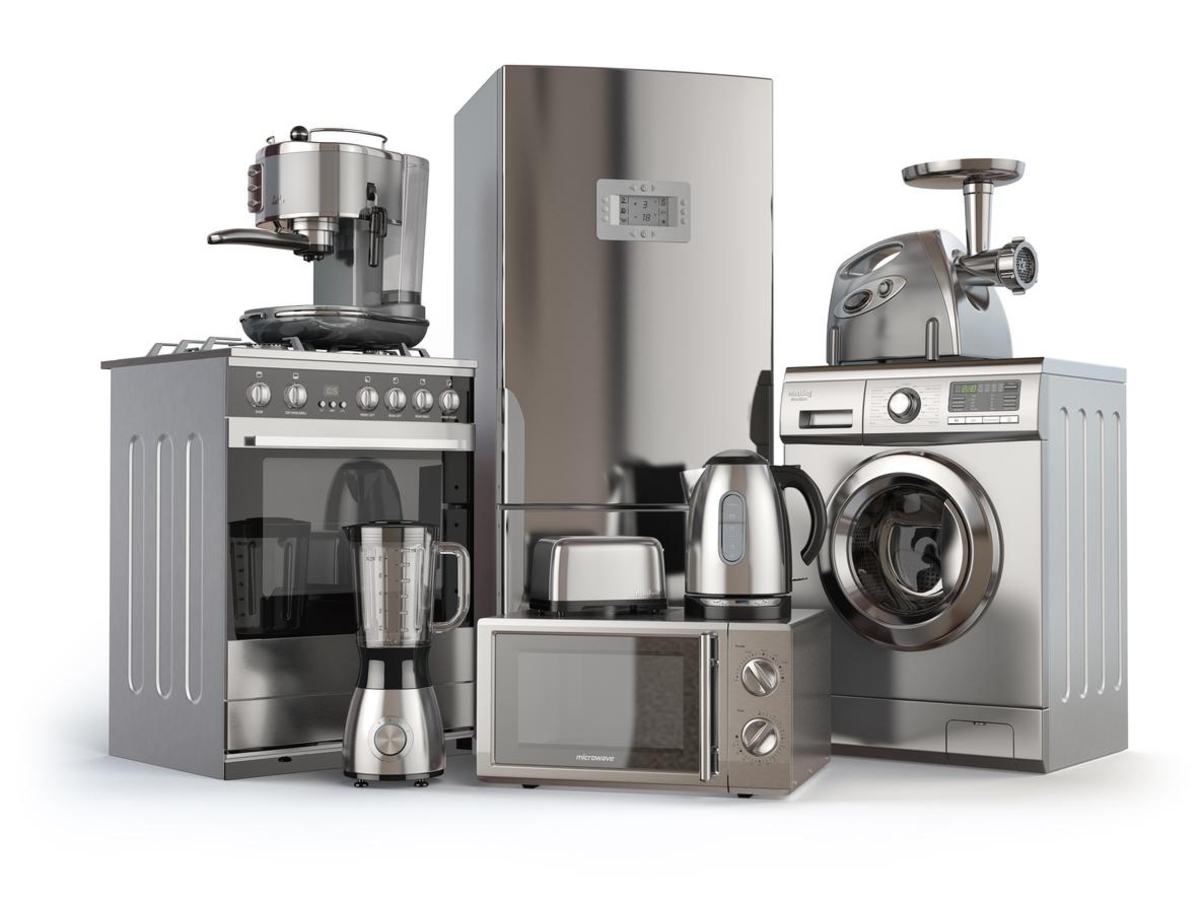

Interior Design
How To Choose Energy-efficient Appliances: A 5 Step Guide
Modified: January 6, 2024
Learn how to choose energy-efficient appliances for your home with this comprehensive 5 step guide. Upgrade your interior design while saving money and reducing your carbon footprint.
(Many of the links in this article redirect to a specific reviewed product. Your purchase of these products through affiliate links helps to generate commission for Storables.com, at no extra cost. Learn more)
Introduction
Welcome to the world of energy-efficient appliances! In today’s environmentally conscious society, choosing energy-efficient appliances is not only financially beneficial but also an essential step towards reducing our carbon footprint. By selecting appliances that consume less energy, we not only save money on our utility bills but also contribute to a more sustainable future.
However, with so many options available on the market, it can be overwhelming to navigate the world of energy-efficient appliances. That’s why we’ve created this comprehensive 5-step guide to help you make informed decisions and choose the most suitable energy-efficient appliances for your home.
In this guide, we will start by explaining the importance of understanding energy efficiency ratings and the different types of labels you may come across. Then, we will move on to the crucial step of determining your energy requirements and identifying the appliances that consume the most energy in your daily life. Next, we will delve into researching reliable and energy-efficient brands, considering customer reviews, ratings, and the latest energy-saving technologies.
Once you have narrowed down your options, we will guide you through the process of comparing energy consumption labels and analyzing the energy usage of different appliance models. This step will help you identify the most energy-efficient options available on the market. Finally, we will consider additional features and costs, helping you evaluate the overall value proposition of your potential purchase.
Whether you’re looking to upgrade your refrigerator, dishwasher, washing machine, or any other home appliance, this guide will provide you with the knowledge and insights to make an informed decision. So, let’s dive in and start our journey towards a more sustainable and energy-efficient home!
Key Takeaways:
- Understanding energy efficiency ratings and labels is crucial for choosing appliances that save money and reduce environmental impact. Look for Energy Star, EU Energy Label, EnergyGuide Label, and NRCan Label to make informed decisions.
- Prioritize upgrading high-energy consuming appliances by calculating potential energy savings and considering long-term financial benefits. Research energy-efficient brands, compare energy consumption, and evaluate overall value proposition to make conscious choices.
Read more: Step-by-Step Guide To Making A Pillowcase
Step 1: Understand Energy Efficiency Ratings
When it comes to choosing energy-efficient appliances, understanding energy efficiency ratings is crucial. These ratings provide valuable information about how much energy an appliance consumes and help you make informed decisions that can save you money and reduce your environmental impact.
So, what exactly are energy efficiency ratings? Energy efficiency ratings are standardized measurements that indicate the energy efficiency of an appliance. They are typically represented by various labels and symbols that you can find on the product itself or in its accompanying documentation.
The importance of energy efficiency ratings cannot be overstated. By opting for appliances with higher ratings, you can significantly reduce your energy consumption and lower your overall utility bills. Additionally, energy-efficient appliances contribute to the reduction of greenhouse gas emissions, as they require less energy to operate.
There are several types of energy efficiency labels that you may come across when shopping for appliances:
- Energy Star: The Energy Star label is a widely recognized certification program that identifies products that meet strict energy efficiency criteria. Appliances with the Energy Star label are among the most energy-efficient options available on the market.
- EU Energy Label: The EU Energy Label is used in the European Union and provides information on the energy consumption, efficiency class, and other relevant details of the appliance.
- EnergyGuide Label: The EnergyGuide label, prevalent in the United States, provides estimated annual energy consumption and cost for a particular appliance, allowing for easy comparison between different models.
- NRCan Label: The NRCan (Natural Resources Canada) label is used in Canada and provides information on energy efficiency, energy consumption, and other related details.
It’s important to note that energy efficiency labels vary depending on the type of appliance. For example, refrigerators may have different labels than air conditioners, but they serve the same purpose of indicating energy efficiency.
By familiarizing yourself with these labels and understanding what they mean, you can effectively evaluate the energy efficiency of different appliances and make informed choices that align with your sustainability goals.
In the next step, we will delve into determining your energy requirements and identifying the appliances that consume the most energy in your daily life. This will allow you to focus on the areas where energy savings can make the most significant impact.
Step 2: Determine Your Energy Requirements
Before diving into the world of energy-efficient appliances, it’s essential to understand your energy requirements. Assessing your energy usage and identifying high-energy consuming appliances will help you prioritize and focus on areas where energy savings can make the most significant impact.
The first step in determining your energy requirements is to assess your overall energy usage. Take a look at your utility bills and analyze your monthly energy consumption. This will give you an idea of how much energy you are currently using and where potential areas for improvement may lie.
Next, identify the appliances that consume the most energy in your daily life. These are typically items such as refrigerators, air conditioners, washing machines, and water heaters. Pay close attention to their energy consumption and efficiency ratings, as upgrading these high-energy consuming appliances can have a substantial impact on your overall energy usage.
Once you have identified the appliances that are the biggest energy drainers, it’s time to calculate potential energy savings. Look for energy-efficient models that have superior energy ratings compared to your existing appliances. Consider how much energy you could potentially save by investing in these more efficient options.
For example, if you have an old refrigerator with an energy rating of C, upgrading to a new refrigerator with an energy rating of A+++ could result in significant energy savings over time. By calculating the difference in energy consumption between the two models, you can estimate your potential energy savings and determine whether the investment is worthwhile.
It’s important to remember that energy savings translate into long-term financial savings as well. While energy-efficient appliances may have a higher upfront cost, the reduced energy bills over the appliance’s lifetime can offset the initial investment.
In the next step, we will explore how to research energy-efficient brands and understand the latest energy-saving technologies available, empowering you to make well-informed choices when it comes to upgrading your appliances.
Step 3: Research Energy-Efficient Brands
Now that you have assessed your energy requirements and identified the high-energy consuming appliances in your home, it’s time to research energy-efficient brands. Choosing trusted brands that prioritize energy efficiency is crucial for ensuring the longevity and effectiveness of your appliances.
When researching energy-efficient brands, it’s important to recognize trustworthy manufacturers that have a track record of producing high-quality and energy-efficient appliances. Look for brands that have a reputation for innovation, reliability, and environmental stewardship.
One way to gauge the credibility of a brand is by considering customer reviews and ratings. Online platforms and consumer websites like Consumer Reports provide valuable insights into the performance and energy efficiency of different appliance models. Take the time to read reviews and see what other customers have to say about the brand’s products.
In addition to customer reviews, pay attention to independent ratings and certifications. Look for certifications like Energy Star, which indicates that the appliance meets stringent energy efficiency standards. Appliances with Energy Star certification are typically more energy-efficient and can help you reduce your energy consumption significantly.
Another aspect to consider when researching energy-efficient brands is the presence of energy-saving technologies in their appliances. Look for features like smart sensors, adaptive defrosting systems, or variable speed compressors for refrigerators. For washing machines, consider brands that offer automatic load sensing or efficient water usage systems. These technologies contribute to better energy efficiency and can make a noticeable difference in the long run.
It’s worth noting that while larger, well-known brands often lead the way in terms of energy efficiency, smaller niche brands can also offer innovative and energy-saving solutions. Don’t overlook the smaller players in the market, especially if they have positive feedback and energy-efficient features that align with your needs.
By researching and selecting energy-efficient brands, you are making a conscious choice to invest in appliances that are designed to minimize energy consumption without compromising performance. In the next step, we will explore how to compare energy consumption labels and identify the most energy-efficient options within a specific appliance category.
Look for the Energy Star label when choosing appliances. This indicates that the appliance meets strict energy efficiency guidelines set by the EPA.
Step 4: Compare Energy Consumption
After researching energy-efficient brands, it’s time to compare the energy consumption of different appliance models. Understanding energy consumption labels and comparing the energy usage of different models will help you identify the most energy-efficient options available.
Start by familiarizing yourself with energy consumption labels. These labels typically provide information about the annual energy consumption of an appliance in kilowatt-hours (kWh) or other relevant units. They may also include additional details such as energy efficiency ratings, estimated annual operating costs, and energy-saving features.
When comparing energy consumption, look for the specific energy consumption values on the labels. The lower the value, the more energy-efficient the appliance is. For example, an air conditioner with an annual energy consumption of 500 kWh will be more energy-efficient than one with a consumption of 800 kWh.
Pay close attention to the energy consumption of appliances that you identified as high-energy consumers in Step 2. Compare the energy usage of different models within the same appliance category to find the most energy-efficient options. Keep in mind that even small differences in energy consumption can add up to significant savings over time.
In addition to energy consumption labels, consider other factors that can impact energy efficiency. Look for features like adjustable temperature settings, energy-saving modes, and programmable timers. These features can help optimize energy usage and reduce unnecessary power consumption.
It’s also important to consider the specific needs of your household when comparing energy consumption. For example, if you have a large family and run the dishwasher frequently, opting for a dishwasher model with lower energy consumption can result in significant savings in the long run.
By comparing the energy consumption of different models and identifying the most energy-efficient options, you can make an informed decision that aligns with your energy-saving goals. In the next step, we will explore additional factors to consider, such as additional features and costs, to evaluate the overall value proposition of the appliance.
Read more: A Step-By-Step Guide To DIY Walk In Closet
Step 5: Consider Additional Features and Costs
As you near the end of your journey towards choosing energy-efficient appliances, it’s crucial to consider additional features and costs to evaluate the overall value proposition of the appliance. This step will help you make a well-informed decision that takes into account both upfront costs and long-term savings.
Start by evaluating the additional features offered by different appliance models. Look for features that align with your needs and can enhance the overall efficiency and convenience of the appliance. For example, a refrigerator with adjustable shelves and compartments can help optimize storage and reduce wasted space. Similarly, a washing machine with multiple cycle options can provide flexibility in managing different types of laundry loads.
Consider how these additional features can contribute to energy efficiency. Some features, such as advanced insulation or dual-zone temperature control in refrigerators, can help improve energy efficiency by minimizing temperature fluctuations and reducing the load on the appliance’s cooling system.
Next, weigh the upfront costs of the appliance against the potential long-term savings. Energy-efficient appliances often come with a higher initial price tag compared to their less efficient counterparts. However, keep in mind that the energy savings you will accrue over the lifespan of the appliance can offset this higher upfront cost.
Consider the estimated annual operating costs provided on energy consumption labels. Calculate the difference in energy consumption between the energy-efficient models and the standard models you are considering. Multiply this difference by the cost per kilowatt-hour of electricity in your area to estimate your potential savings in energy bills over the years.
It’s also worth considering any available rebates, tax credits, or incentives for purchasing energy-efficient appliances. Some governments or utility companies offer financial incentives to encourage consumers to choose energy-efficient options. Take advantage of these programs, as they can help further offset the upfront costs and increase the overall value proposition of the appliance.
Assess the overall value proposition of each appliance by considering the combination of energy savings, additional features, and upfront costs. Look for a balance that meets your specific needs and budget requirements. Remember, the cheapest option may not always be the most cost-effective in the long run if it consumes more energy and requires costly repairs or replacements.
By considering additional features, evaluating upfront costs against long-term savings, and assessing the overall value proposition, you can make a well-rounded decision that maximizes energy efficiency and meets your specific needs and budgetary constraints.
With these five steps, you are well-equipped to choose energy-efficient appliances that will not only save you money but also contribute to a sustainable and eco-friendly home. Happy appliance shopping!
Conclusion
Choosing energy-efficient appliances is a significant step towards creating a sustainable and eco-friendly home while enjoying long-term cost savings. By following the 5-step guide outlined in this article, you can make informed decisions and select appliances that align with your energy-saving goals and meet your specific needs.
Understanding energy efficiency ratings and the different types of energy efficiency labels is crucial for identifying appliances that consume less energy. These labels provide valuable information to help you compare and choose the most energy-efficient options available on the market.
Determining your energy requirements allows you to prioritize upgrading the high-energy consuming appliances in your home. By calculating potential energy savings and estimating the long-term financial benefits, you can make a cost-effective investment in energy-efficient appliances.
Researching energy-efficient brands, considering customer reviews, ratings, and the presence of energy-saving technologies ensures that you choose reliable manufacturers committed to producing energy-efficient appliances. It also allows you to take advantage of the latest innovations in energy-saving technologies.
Comparing energy consumption and identifying the most energy-efficient options within specific appliance categories allows you to make a direct impact on your energy usage. Small differences in energy consumption can add up to significant long-term savings, reducing both your utility bills and environmental footprint.
Finally, considering additional features and costs enables you to evaluate the overall value proposition of the appliances you are considering. By weighing upfront costs against long-term savings, taking advantage of available incentives, and assessing the features that enhance efficiency and convenience, you can make a well-rounded decision.
In conclusion, by following these steps, you can make conscious choices in selecting energy-efficient appliances that meet your needs, save you money, and contribute to a sustainable future. With every energy-efficient appliance you bring into your home, you actively participate in reducing energy consumption and protecting the environment for generations to come.
So go ahead, armed with knowledge and a commitment to energy efficiency, and make a positive impact by choosing energy-efficient appliances for your home today!
Frequently Asked Questions about How To Choose Energy-efficient Appliances: A 5 Step Guide
Was this page helpful?
At Storables.com, we guarantee accurate and reliable information. Our content, validated by Expert Board Contributors, is crafted following stringent Editorial Policies. We're committed to providing you with well-researched, expert-backed insights for all your informational needs.



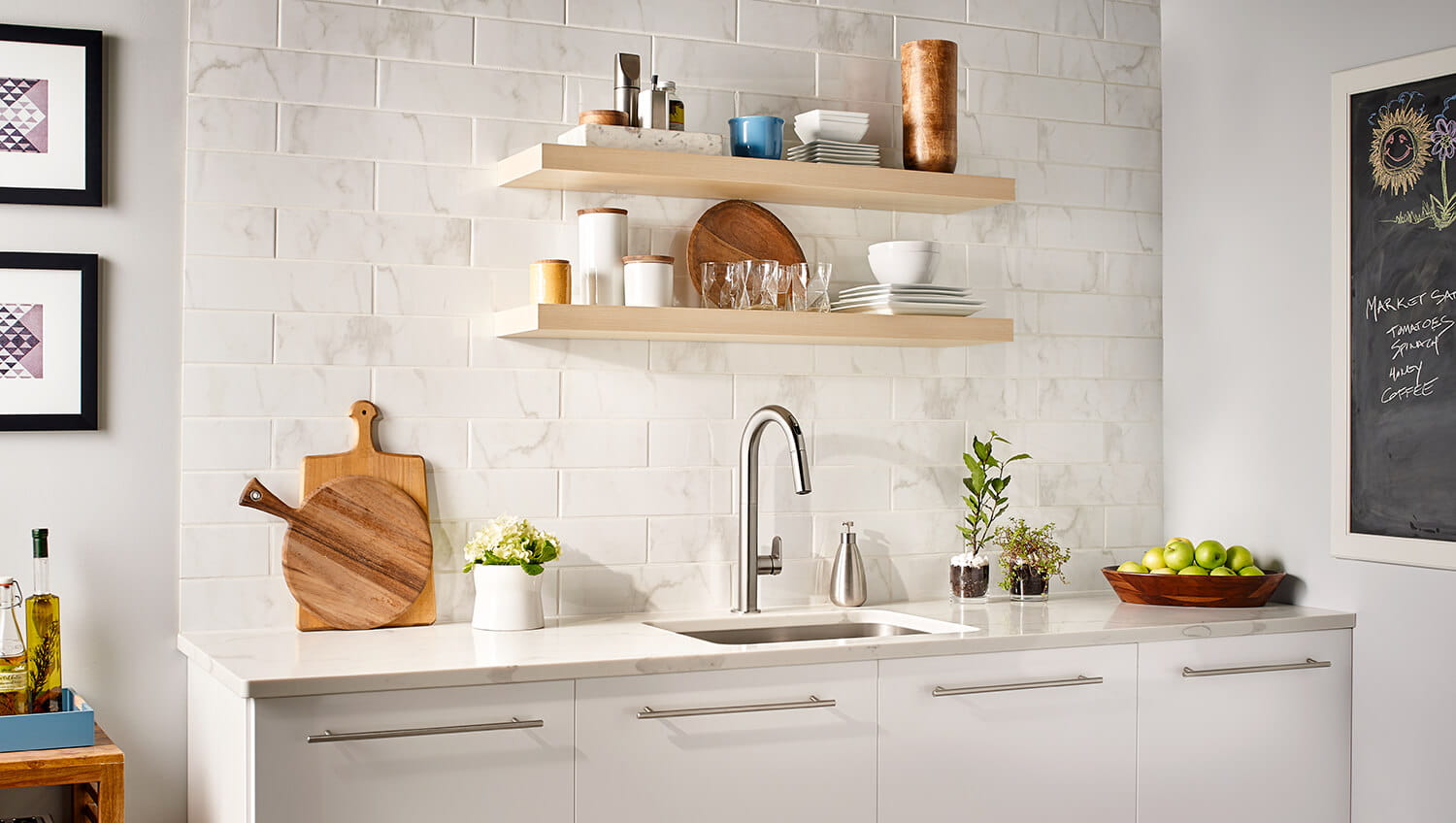

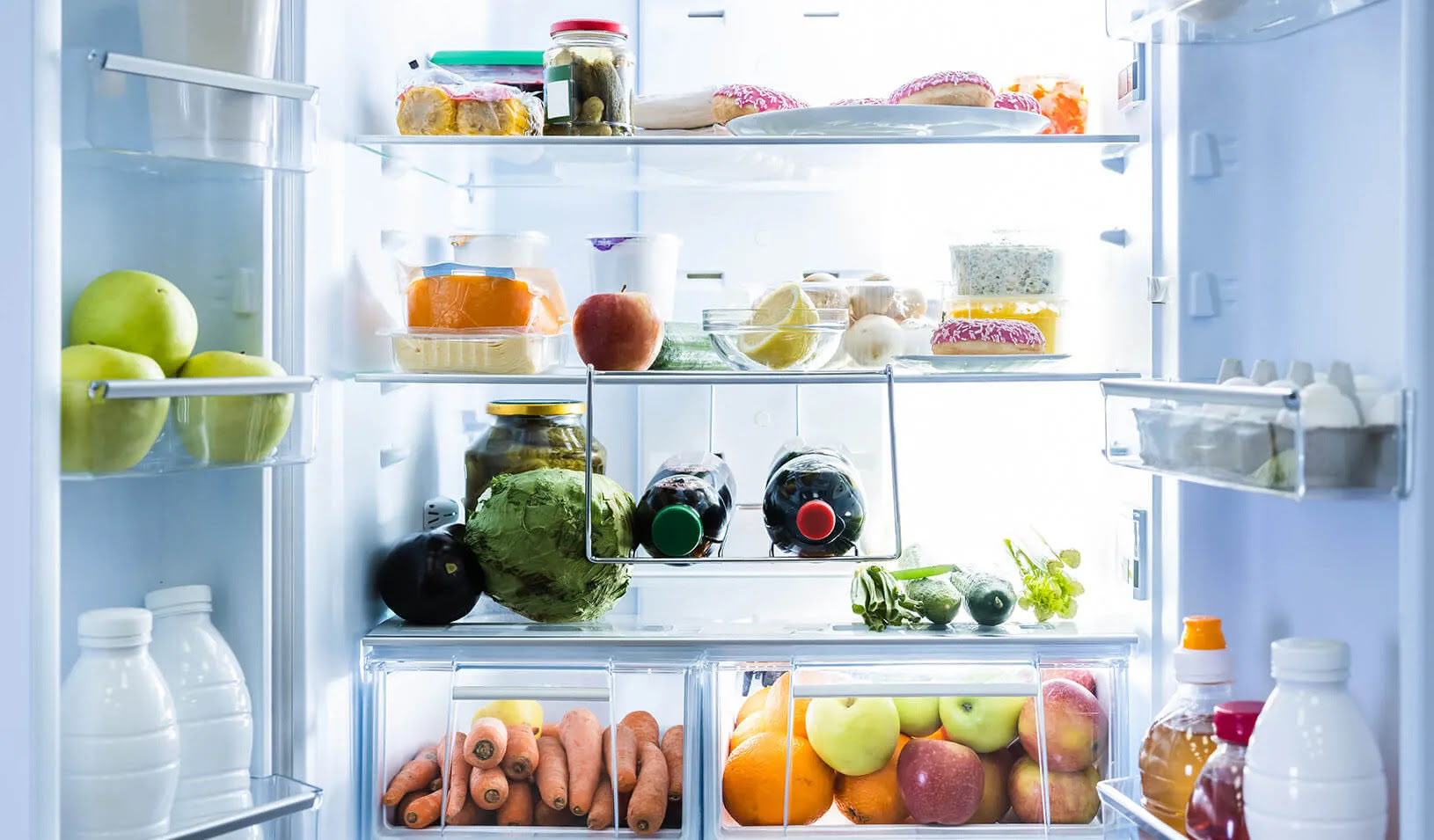

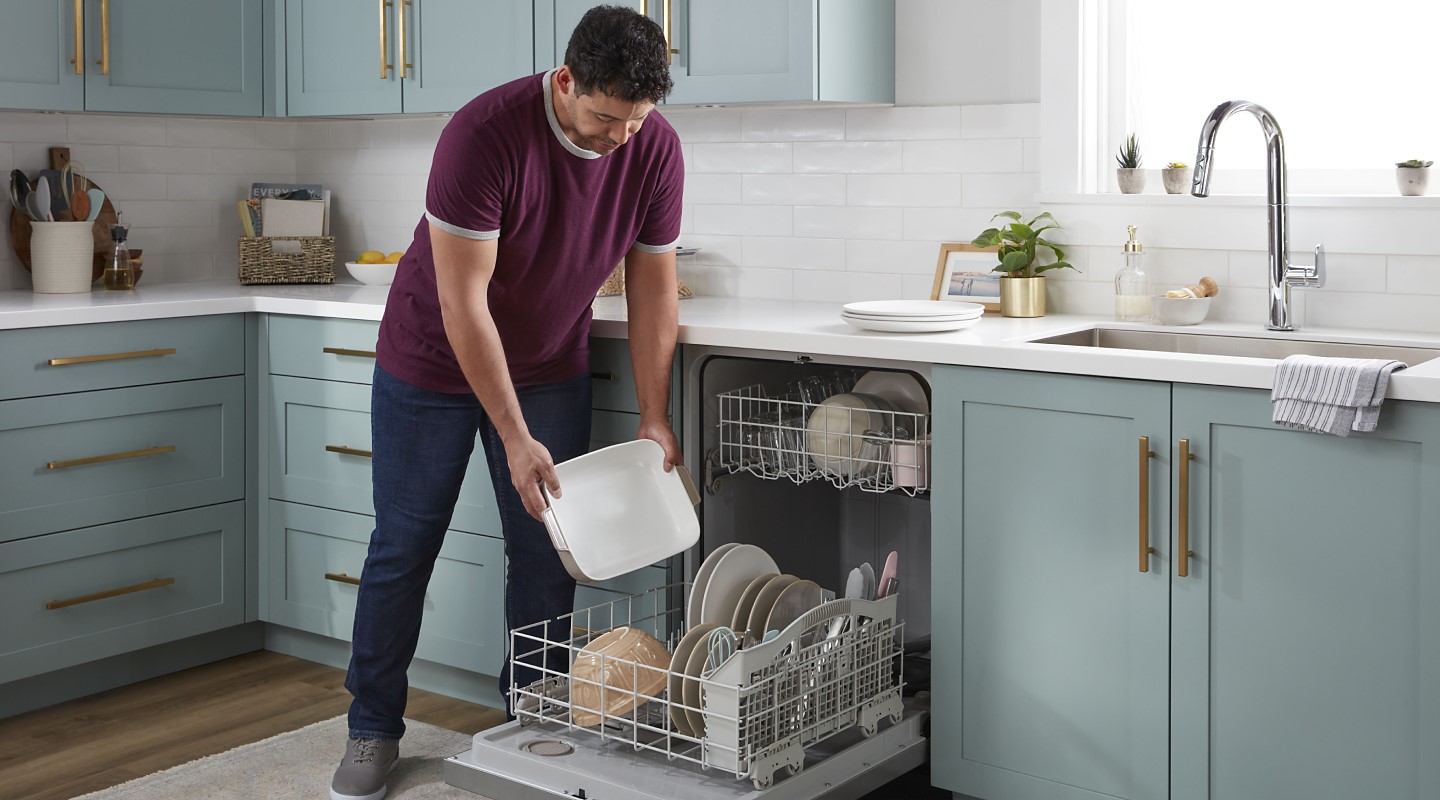




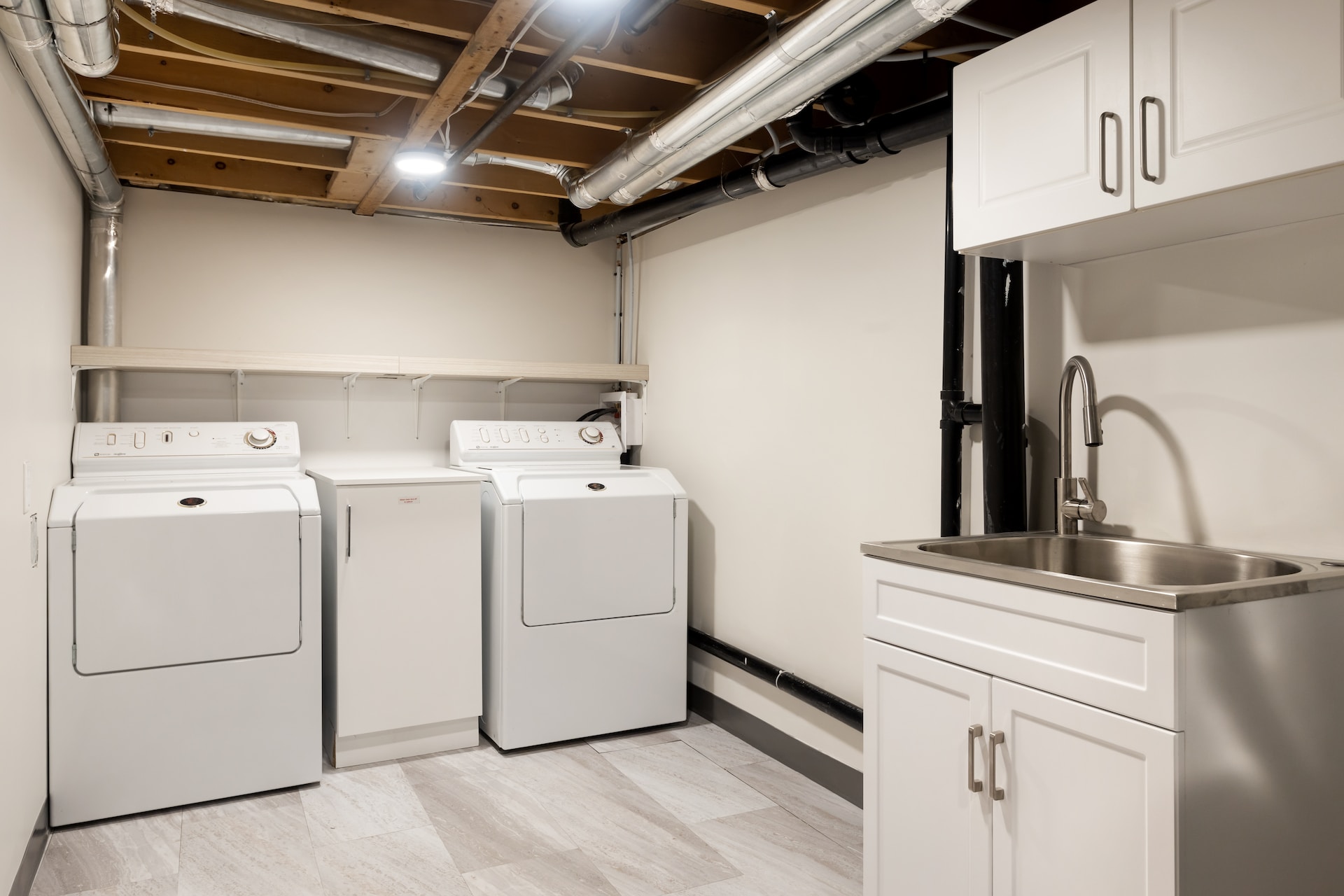
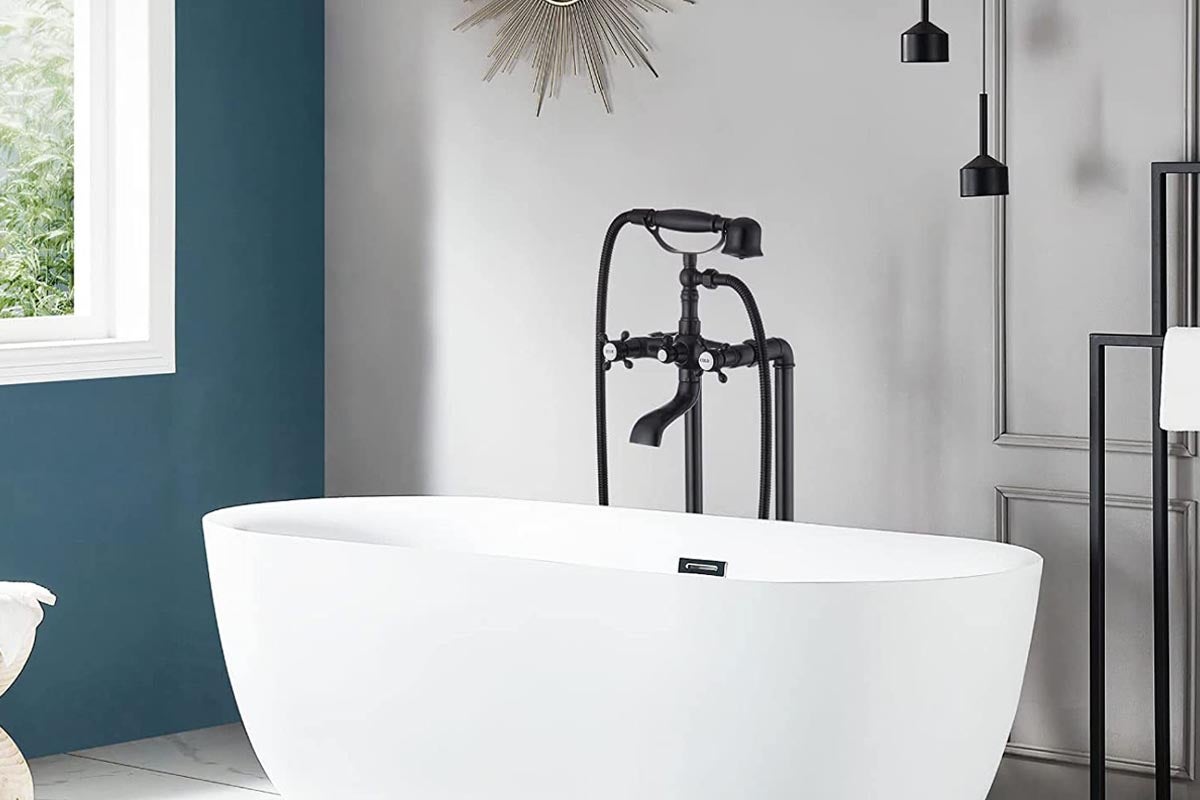

0 thoughts on “How To Choose Energy-efficient Appliances: A 5 Step Guide”